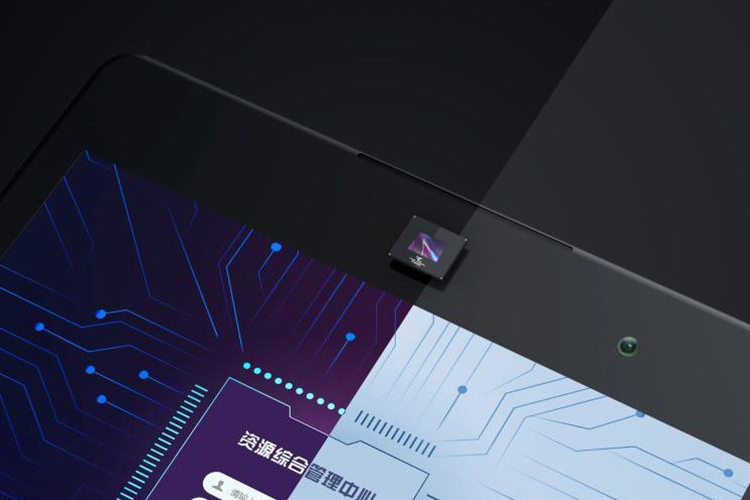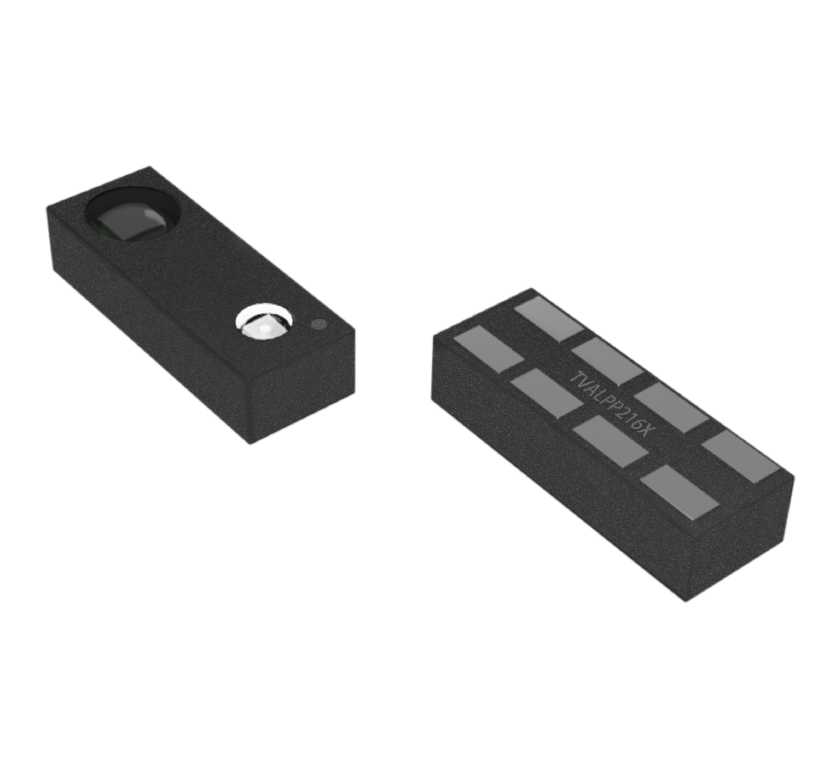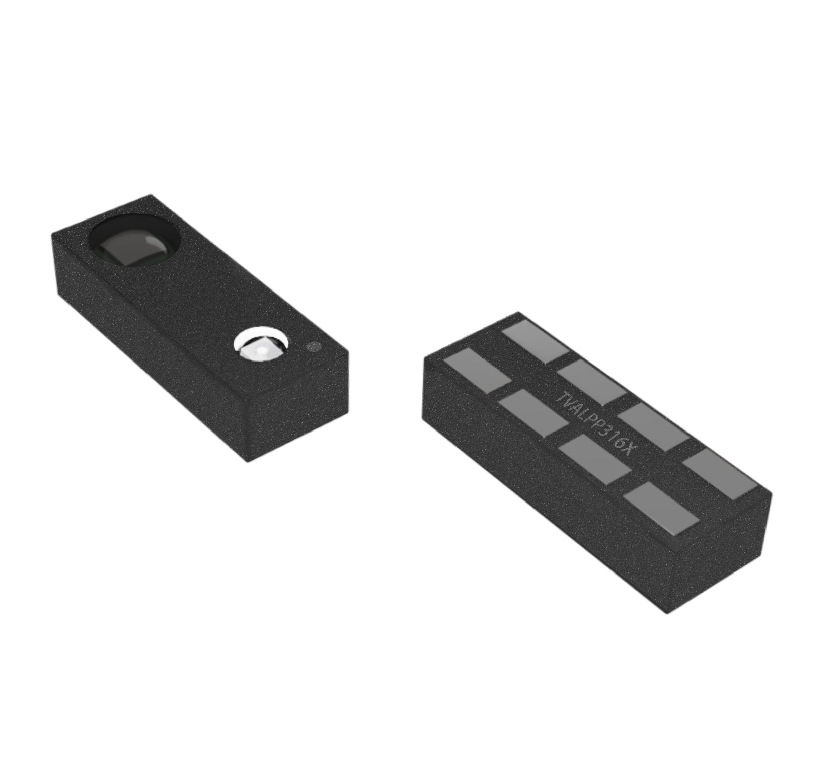Smartphone and Tablet
Ambient light sensor chips and proximity sensor chips in smartphones and tablets are used to automatically adjust screen brightness according to surrounding lighting conditions. The TVAL series products developed by Time Vision Technology can accurately detect changes in light to enable intelligent screen brightness adjustment, automatic screen-off, and more. They also feature excellent spectral matching capabilities, allowing them to adapt to various complex lighting environments—avoiding overexposure in strong light and distortion in low light—ensuring a consistently high-quality visual experience. Advanced algorithms and high dynamic range sensors ensure stable performance across different scenarios, adjusting the display brightness in real-time to meet the needs of various application scenarios. The peripheral circuitry is simple, effectively reducing costs.
-
01
High Precision
Accurately measure light intensity under different lighting conditions, allowing for fine control of display brightness even with varying light sources (such as natural light, fluorescent lights, etc.), color temperatures, or reflections from surrounding objects. The measurement range of the ambient light sensor chip can reach from 0.1 lux to 83k lux.


-
02
Adaptable to Complex Scenarios
Designed to handle diverse usage environments, accurately identifying and adapting to various lighting conditions. Advanced algorithms and high dynamic range sensors ensure stable performance across different scenarios, with precise spectral response and strong infrared (IR) blocking capabilities. Whether for everyday wear or outdoor activities, they provide consistent and reliable tracking data, enhancing the user experience.


-
03
Longer Battery Life
Featuring a low-power architecture, it offers a software shutdown mode to conserve power. The control and interrupt system has autonomous operation capabilities, allowing the processor to remain in sleep mode until the sensor detects a corresponding wake-up event and reports it through the interrupt pin.















